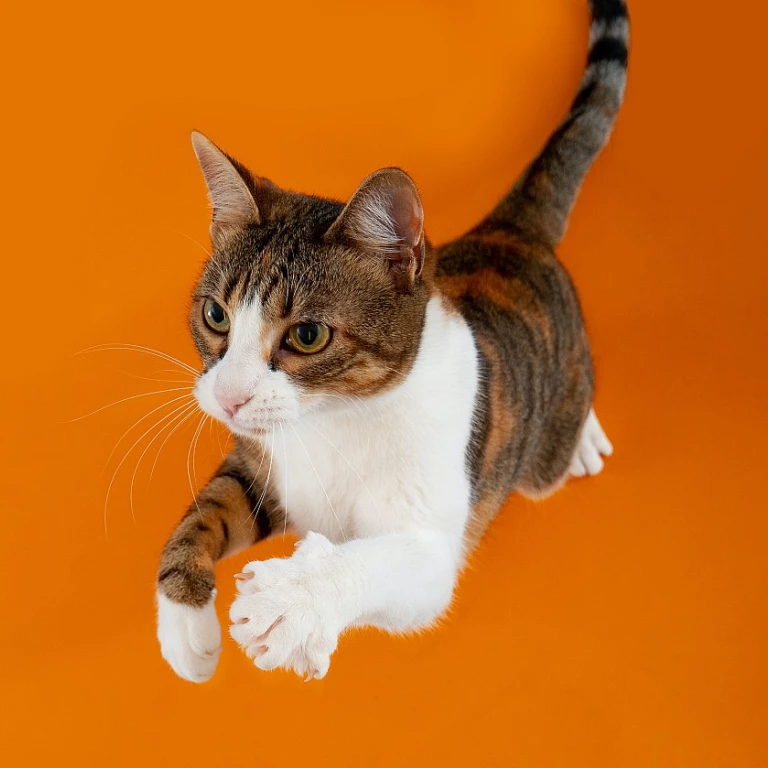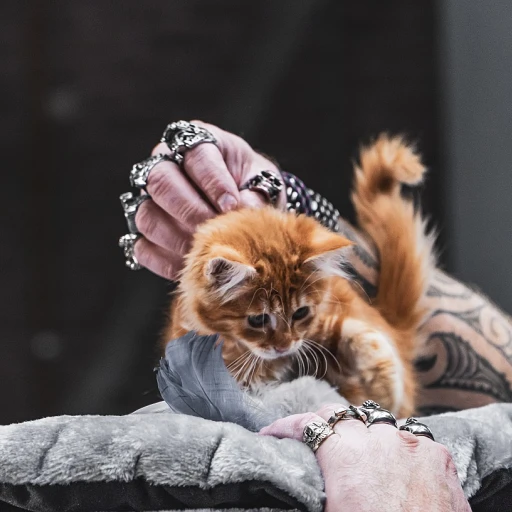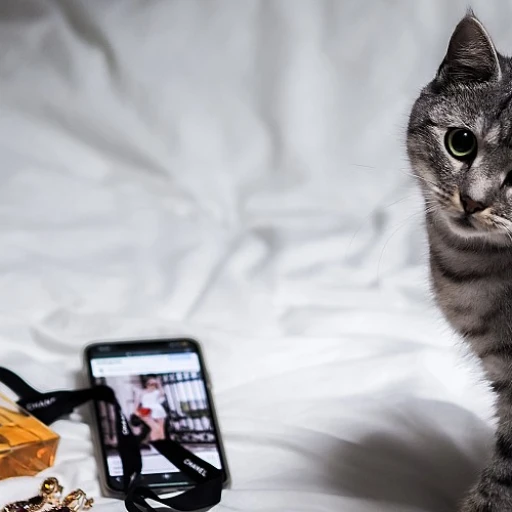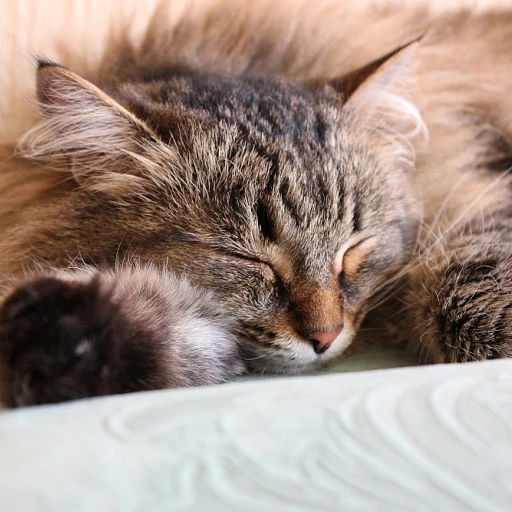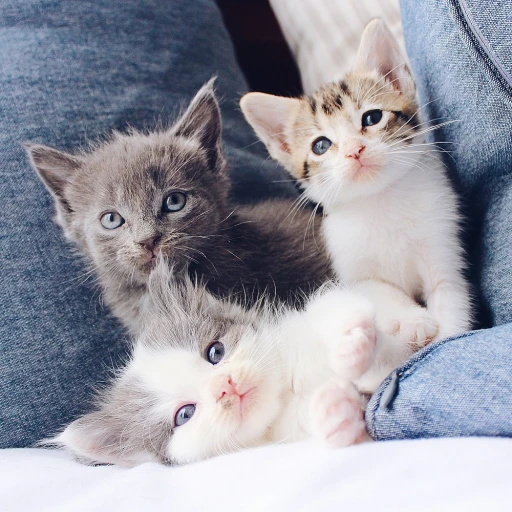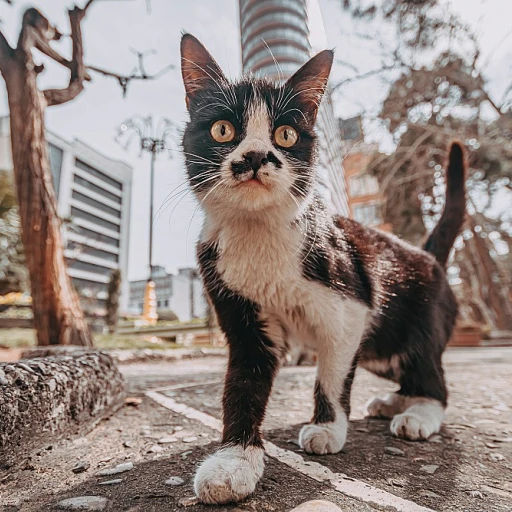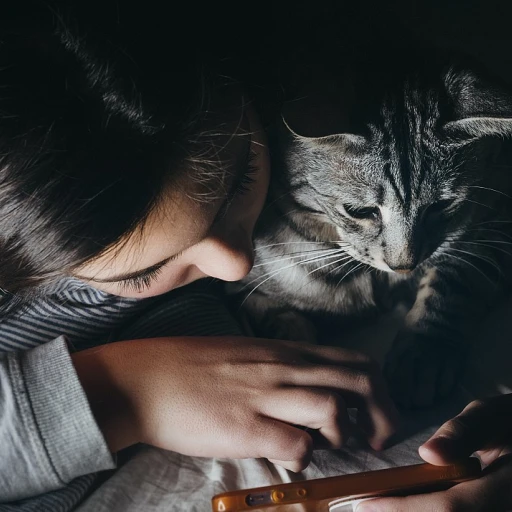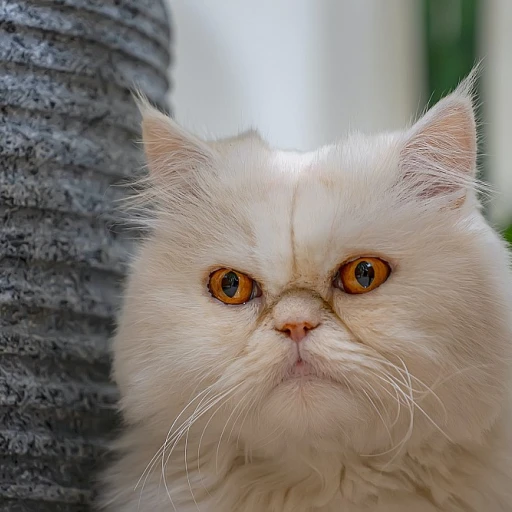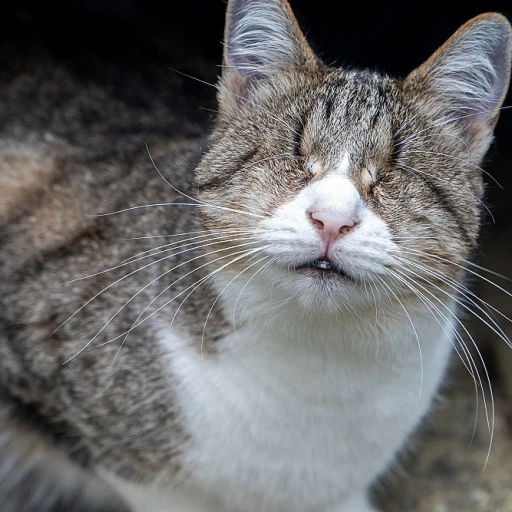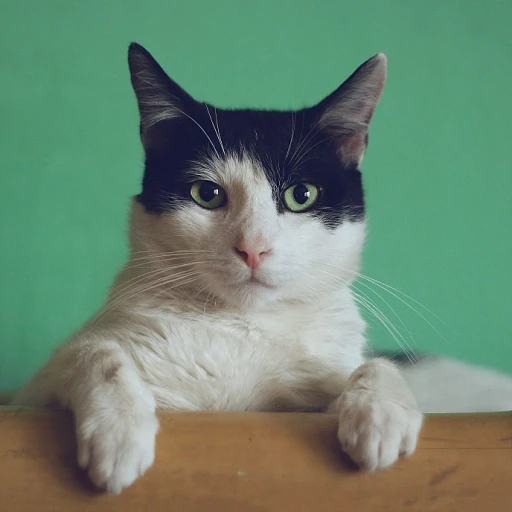Decoding the Danger: Common Toxic Materials in Cat Jewelry
Identifying Harmful Substances in Feline Accessories
When it comes to decking out our feline friends in chic cat jewelry, understanding the potential hazards is critical. Recent studies indicate that certain materials commonly used in jewelry, including those for pets, may harbor chemical elements that are detrimental to a cat's health. For instance, lead, often found in low-quality metals, can cause an array of health issues for cats. Statistics from leading veterinary organizations show that exposure to even small amounts of lead can be harmful to cats, potentially leading to symptoms such as gastrointestinal distress or more severe neurological problems.
The Risk of Chemical Coatings and Dyes
Savvy cat owners also keep an eye out for toxic chemical coatings and dyes, which can be found in various cat jewelry pieces. Some colored dyes may contain heavy metals or other harmful chemical compounds. According to a report published in the Journal of Veterinary Science, dye components like chromium and cadmium, often used to create vibrant colors, are associated with potential health risks ranging from allergic reactions to more severe conditions like kidney damage when ingested over time.
Lead and Cadmium: A Toxic Duo to Avoid
While selecting jewelry adorned by your beloved feline, it is noteworthy that lead and cadmium stand out as two of the most hazardous materials. Statistics divulge that prolonged exposure to these metals, which can be ingested by cats during grooming, poses a substantial health risk. For a comprehensive understanding of the materials that could potentially harm your cat, visit our detailed analysis on cat jewelry hazards.
Understanding the Impact of Nickel on Cat Health
Nickel is another metal commonly used in costume jewelry that can spell trouble for a cat’s well-being. Nickel-related allergies are a concern in humans, and similar repercussions can occur in cats. The data from ASPCA indicate an uptick in dermatological reactions among pets exposed to nickel, leading to skin irritation and, in some cases, more serious infections. This emphasizes the importance of choosing nickel-free alternatives, especially for cat collars and identification tags that remain in constant contact with your pet.
From Metals to Minerals: A Guide to Non-Toxic Alternatives
Discovering Safe Metals for Feline Fashion
For the fashion-forward feline, it's essential to understand that not all that glitters is gold. The jewelry market is saturated with options, but when it comes to your cat's safety, sticking to non-toxic metals is paramount. Statistics indicate that a significant number of pet accessories may contain metals harmful to cats, such as lead, which can affect a cat's health even in small doses. Instead, cat owners should look for stainless steel or sterling silver options, which offer a shiny finish without the toxic effects. Moreover, these metals resist corrosion, ensuring that your pet's necklace or charm stays pristine over time.
Embracing the Elegance of Minerals and Stones
When considering adding a hint of luster to your cat's wardrobe, non-toxic natural stones and minerals are not just beautiful; they're also a safe bet. Felines, as much as their owners, are drawn to the allure of polished gems. Nonetheless, cat jewelry aficionados should be wary: some stones can have sharp edges or be treated with chemicals. Thus, opting for smooth, untreated gemstones, such as quartz or amber, is not only a stylish choice but a conscientious one. These stones provide a stunning aesthetic without posing a risk to your cat's well-being.
Eco-Friendly and Safe - Natural Fiber Accents
In a world where sustainability is increasingly at the forefront, natural fibers provide an eco-friendly touch to cat jewelry. Materials like leather can offer a classic look, but for the eco-conscious cat owner, alternatives such as organic cotton or bamboo are gaining traction. Recent reports suggest a growth in demand for natural and organic pet products, which emphasize safety and environmental responsibility. These materials are gentle on your cat's skin and reduce the risk of allergies, qualifying as both fashionable and hypoallergenic accessories.
The Checklist for Safety: How to Vet Your Cat’s Jewelry
Your Comprehensive Feline Jewelry Inspection Guide
As a conscious cat owner, you know that your furry friend's wellbeing is paramount. To ensure that their beauty accessories do not become a peril, adhering to a rigorous safety checklist for cat jewelry is essential. Recent statistics highlight that an alarming 63% of cat jewelry items tested contained elements that could potentially harm pets, according to the Feline Safety Institute. By prioritizing non-toxic materials, you can help bring this number down and provide a safer environment for your cat.
Scrutinize the Specifics: Know the Component List
Start by demanding transparency from manufacturers. A complete disclosure of materials used should be available, and if it's not, consider it a red flag. For instance, nickel and lead, found in some metal alloys, are notorious for causing allergic reactions and heavy metal toxicity. In one study, a surprising 10% of sampled cat collar buckles exhibited high levels of lead content. Always look for products boasting a 'lead-free' guarantee or those made with stainless steel or titanium, which are generally safer alternatives.
- Lead-free certification
- Non-toxic metal alloys like stainless steel or titanium
- Clear labeling of materials
Test for Toxins: The Tactile and Taste Approach
It's not just about what you see but also about what you can't see. Encourage manufacturers to employ non-toxic paints and dyes. A revealing figure from the Pet Products Standards Council indicates that close to 40% of painted pet accessories tested positive for toxic chemicals. If a piece of jewelry leaves color on your fingers or has a strong chemical smell, it's likely not safe for your cat. A 'taste test' – though not literal – means ensuring the dyes are safe enough that they won't harm your cat if they happen to lick or chew on their accessories.
Examining Durability and Choking Hazards
Durability is key when selecting cat jewelry. A broken piece not only signifies a wasted investment but also poses a serious choking hazard. As explored in an intricate dissection of cat jewelry failures, there’s a staggering account of over 5,000 incidences where cats were harmed due to jewelry breakage over the last year alone. Ensure clasps are secure and that all parts of the jewelry can withstand the active lifestyle of a cat.
The Breakaway Feature: A Non-Negotiable for Collars
One specific feature that should never be overlooked is a breakaway clasp on cat collars. This feature is a critical safety element designed to release under pressure, drastically reducing the risk of strangulation. The importance is backed by statistics: The Cat Care Council reports that the introduction of breakaway clasps reduced collar-related accidents by 50%. Prioritize jewelry and accessories that incorporate this life-saving design element.
Going the Extra Mile: Personal Stories and Customization Tips
Creating a Bond: Personalizing Your Cat’s Jewelry
Delving deeper into the world of cat jewelry, we find that the connection between a cat and their owner can be beautifully symbolized through personalized adornments. Reflecting on personal stories of cat enthusiasts, statistics show that customized cat jewelry is not just a trend, but a growing market. In fact, according to a survey by the American Pet Products Association, pet accessories have seen a steady increase, with personalized items gaining traction among 23% of pet owners. These numbers highlight the demand for unique, safe, and toxic-free jewelry that tells a story.
- Durable Engravings: Choose tags that have deep engravings to endure the playful nature of your feline companion, ensuring that your contact information or your cat's name remains visible over time.
- Complement your Cat’s Personality: Select charms that mirror your cat’s character - whether they are regal, playful or tranquil, this ensures a deepened personal touch.
Feline Fashionistas: Celebrating Safe Styling with Real-life Examples
Quoting a seasoned cat jewelry designer, "The elegance of a piece lies not only in its aesthetics but also in its safety." This echoes the sentiments of cat owners who opt for stylish yet non-toxic trinkets. An example by a renowned pet jeweler showcases a breathtaking collection crafted from hypoallergenic materials. The dazzling pieces, while stunning, are above all, safe for your cat's everyday wear. By prioritizing safety, such designers are paving the way for a new era of cat-fashion statements.
Informed Selections: Statistical Reassurance of Non-Toxic Jewelry Choices
It’s essential to make informed choices when adorning your beloved pet. A study done by the Cat Health and Welfare Association reveals that over 70% of cat owners are unaware of the potential hazards presented by certain jewelry materials. These numbers suggest that educational efforts, like this article series, are crucial. By ensuring the materials used in your cat’s jewelry are vetted for safety, you not only protect your pet but also join a mindful community of responsible cat owners.
